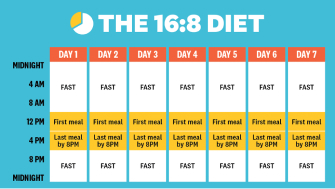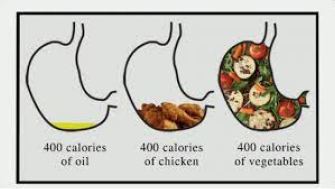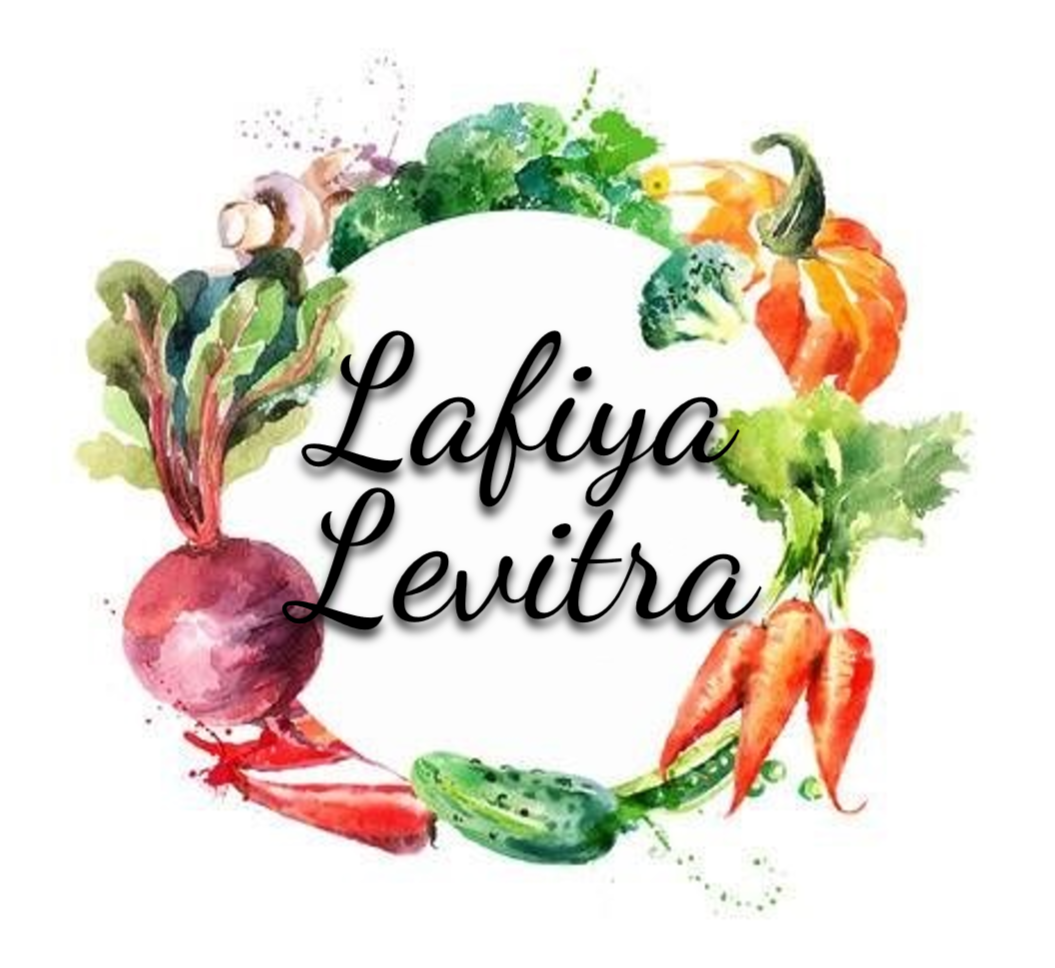What is Nordic Diet?
If you’ve heard of the Nordic diet (also known as the Scandinavian diet), you might be curious what it’s all about and if it’s just another fad diet. Very similar to the Mediterranean diet, the Nordic diet focuses on whole foods that are typically found in Nordic regions like Norway, Denmark and Iceland. You’ll eat mostly plant-based, seasonal foods that are high in protein, complex carbohydrates and healthy fats. Think fruits (especially berries), vegetables and seafood.
One difference, though, is the type of oil each diet uses. The Mediterranean diet focuses on using extra-virgin olive oil, while the Nordic diet touts canola oil. Canola oil has less saturated fat than extra-virgin olive oil and can be used in cooking and baking at a higher temperature than olive oil. It should be noted that most canola oil available in the U.S. is processed and lacks antioxidants compared to olive oil.
The Nordic diet encourages people to consume less sugar and twice the amount of fiber and seafood than traditional Western diets.
Benefits of the Nordic diet
By focusing on eating whole foods like fruits and vegetables, the Nordic diet can affect your health in a positive way. Here are some potential benefits:
- Reduces inflammation
- Reduces risk of [Type 2 diabetes, cancer and heart disease]
- Lowers cholesterol
- Lowers [blood pressure]
- Promotes weight loss and helps maintain a healthy weight
Foods to Eat
The Nordic diet encourages you to eat a lot of whole foods, particularly sourced locally and in season, including:
- Whole grains, particularly rye, barley and oats
- Fruits, especially berries
- Vegetables, especially root vegetables like beets, turnips and carrots
- Fatty fish like salmon, tuna, sardines and mackerel
- Low-fat dairy like Skyr yogurt
- Legumes
You should also eat the following in moderation:
- Eggs
- Game meat like venison, rabbit and bison
Foods to Avoid
Like many diets, the Nordic diet has a handful of foods to avoid or only enjoy rarely.
Rarely:
- Other red meats that aren’t game meat
- Alcoholic beverages
Avoid:
- Foods with added sugars
- Processed meats like bacon and bologna
- High salt foods like lunch meat, dried pasta and bread
- Fast food
- Sweetened beverages
Is the Nordic diet right for you?
With a focus on eating locally sourced foods, following the Nordic diet can be a good way to try out local farmers markets in your area.
For some, following the Nordic diet could be challenging due to availability of local produce. It does take planning, so the time and commitment could be a challenge for some. Since produce like lingonberries and cloudberries aren’t available in the U.S., you may need to modify what you eat based on what’s available in your area.
But whether you focus on the local aspect of sourcing foods, the Nordic diet is a good roadmap for getting yourself into a realistic eating pattern. It can even be modified for vegans and vegetarians by adding more plant-based foods into your diet.
“The approach to the Nordic diet is more of a guideline that can be really sustainable for someone,” says Barth. “It’s just the basics and not overthinking or complicating what you eat.”
Recipes
- FLØDEKARTOFLER
- KROPPKAKOR
- KÖTTBULLAR
- FRIKADELLER
- LOHIKEITTO
- KJÖTSÚPA
- SALMON GRAVLAX
- RØDKÅL
- RAGGMUNK
- PRESSGURKA
For Images:
Was this article helpful?
Similar Articles


